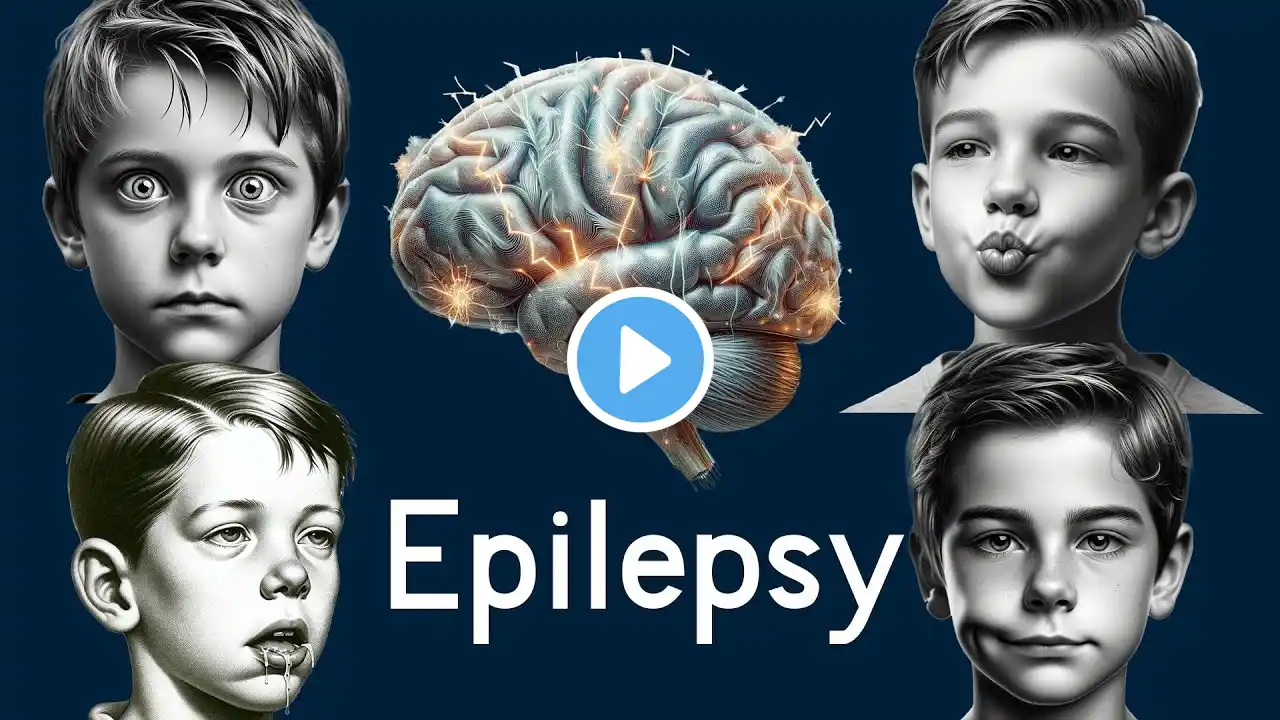
Epilepsy in Children - Simply Explained
Our discussion focused on seizures and epilepsy in children, exploring different types, causes, symptoms, and treatments. Here are 10 key points from our discussion: Seizures in Children: Sudden, uncontrolled electrical disturbances in the brain affecting behavior, movement, feelings, and consciousness. Common Symptoms: Convulsions, twitching movements, staring spells, and in severe cases, loss of consciousness. Seizures vs. Epilepsy: Not all seizures in children are due to epilepsy. Febrile Seizures: Most common in children up to 6 years old, triggered by high fever often from infections like colds or ear infections. Safety Measures for Seizures: Include placing the child on a soft surface, on their side, and removing nearby objects to prevent injury. Treatment for Febrile Seizures: Fever-reducing medications and post-seizure medical evaluations to rule out other conditions. Prognosis of Febrile Seizures: Generally good, with minimal risk of long-term problems or brain damage. Epilepsy in Children: Characterized by recurrent, unprovoked seizures, affecting around 1% of children under 18. Forms of Epilepsy: Includes benign childhood epilepsy with symptoms like facial twitching, and childhood absence epilepsy characterized by brief lapses in awareness. Treatment and Prognosis of Epilepsy: Often involves antiepileptic drugs, lifestyle changes, and in some cases, the ketogenic diet. Many children outgrow epilepsy during adulthood. Disclaimer: This information is provided for general knowledge and educational purposes only. It is not intended to be a substitute for professional medical advice, diagnosis, or treatment. Always consult with your doctor for any questions or concerns you may have about your health.
